
Adhesives, Sealants and Elastomers
Sun Chemical offers a wide array of cutting-edge solutions for adhesives and cast elastomers engineered to take your applications further than ever.
Sun Chemical and its parent company, the DIC Corporation, deliver a vast portfolio of advanced products and technologies to numerous markets, including automotive, printing, electrical/electronics, biosensors, coatings, degasification, plastics, metalworking, and plastics.
Sun Chemical’s advanced technologies and products, combined with its vast global network, allow for the delivery of local service and support with solutions, tailor-made.

Sun Chemical offers a wide array of cutting-edge solutions for adhesives and cast elastomers engineered to take your applications further than ever.

From PPS and resins to pigments and adhesives, Sun Chemical offers a wide range of solutions to meet the needs of the automotive market.

Sun Chemical’s biosensors solutions span from providing individual biosensor inks and stabilized enzymes to full solution sensor systems and support services.
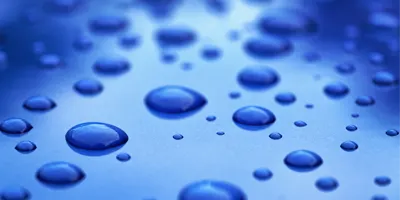
From resins to isocyanates, hardeners, prepolymers and pigments, discover how our advanced materials solutions will elevate your coatings to the next level.
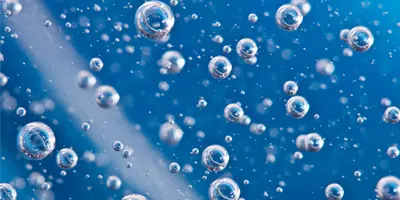
Remove gasses and bubbles from liquids in a variety of applications with our SEPAREL® hollow-fiber membrane degassing modules.
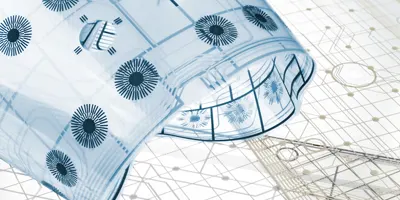
Sun Chemical is a trusted solutions provider for Printed Electronics (PE), Printed Circuit Boards (PCB), and advanced Photovoltaics (PV).
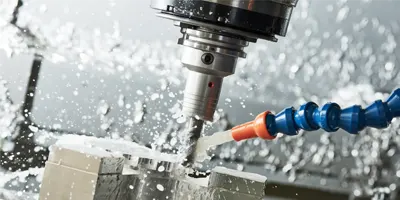
Sun Chemical delivers extreme pressure lubricant additives for efficient metalworking, metal cutting and gear assembly.

Sun Chemical has developed a range of plasticizers and resins optimized to produce plastics with outstanding flexibility and durability.
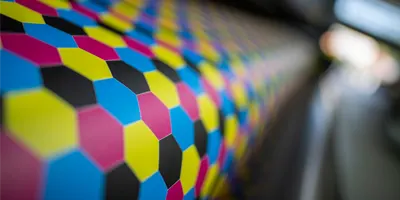
Sun Chemical provides resins, polyisocyanates, and pigments for the manufacture of printing inks. We also offer a variety of inks for specialized applications.

Sun Chemical’s digital textile inks provide outstanding performance across a range of markets and applications to ensure you can stand out from the crowd.